I often see criticism of Dante Gabriel Rossetti’s work that describes his paintings of women as masculine. Some people see Rossetti’s frequent depictions of elongated necks and broad shoulders and are instantly dismissive.
This is not a conventional beauty, they think, this is not a goddess.
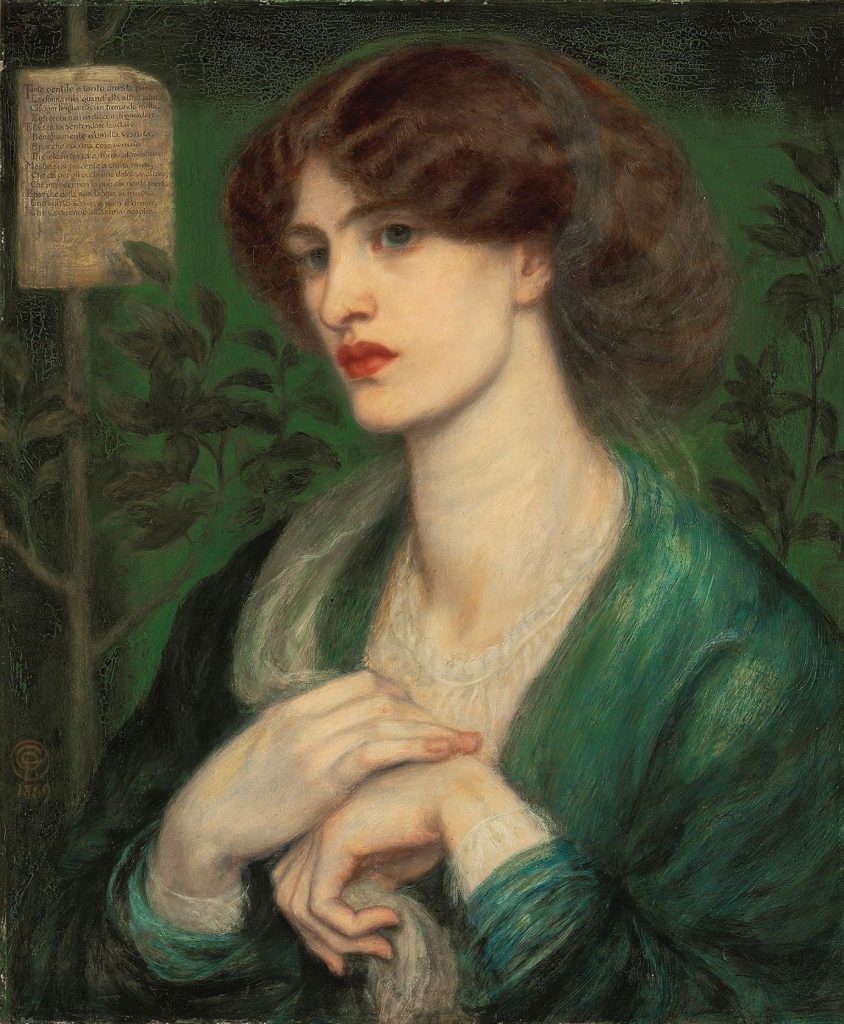
The fact that Rossetti’s paintings of women fall outside the accepted notions of feminity is precisely what appeals to me. Perhaps Rossetti is an acquired taste. Don’t reject him at first glance, my friend. The more you study his work the more you find that images you previously overlooked seem to develop a certain appeal. And then one day you realize you absolutely love them.

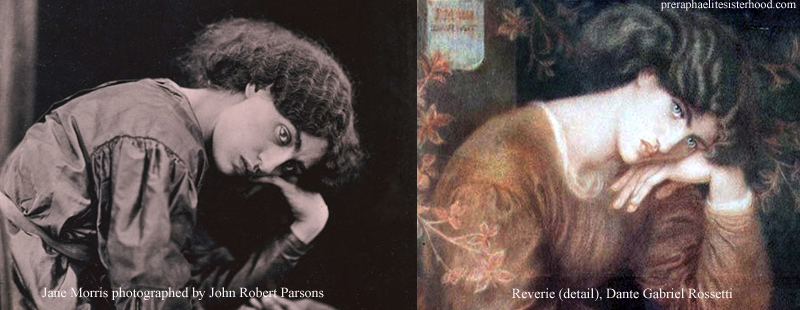
Rossetti captured Jane Morris’ features repeatedly and added an element of mystery. I’ve seen her face described with words like brooding, enigmatic, haunting. Rossetti’s paintings of her stay in your mind, growing on you as if his art has a sort of cumulative effect.
Maybe you’ve dismissed Jane as Proserpine because you’ve seen it so much on book covers, posters, and even commercials. But that’s not really seeing or understanding the painting, that’s skimming it because of overexposure. Really look at that work, look searchingly, and you can’t ignore the power and the beauty of it.
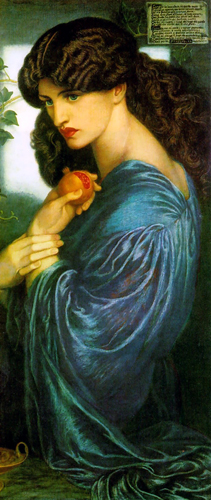
Art is subjective. No matter how much I love Rossetti’s works, there will always be those who will not see what I see. To each his own, as they say.
However, I do wonder if their reactions to his works are because their minds are mired in the thought that for women to be beautiful, we should be diminutive and have delicate, angelic faces.
We should be the weaker sex with small, dainty features painted with elegant strokes, right? Daily, we see even the most beautiful of our modern models whittled away by the same elegant strokes in photoshop. The girl-next-door posts her selfies enhanced with Instagram filters. In an age of cookie-cutter notions of beauty, I find myself even more drawn to the paintings of Dante Gabriel Rossetti and the fact that his paintings show beautiful women that seem powerful and unique.
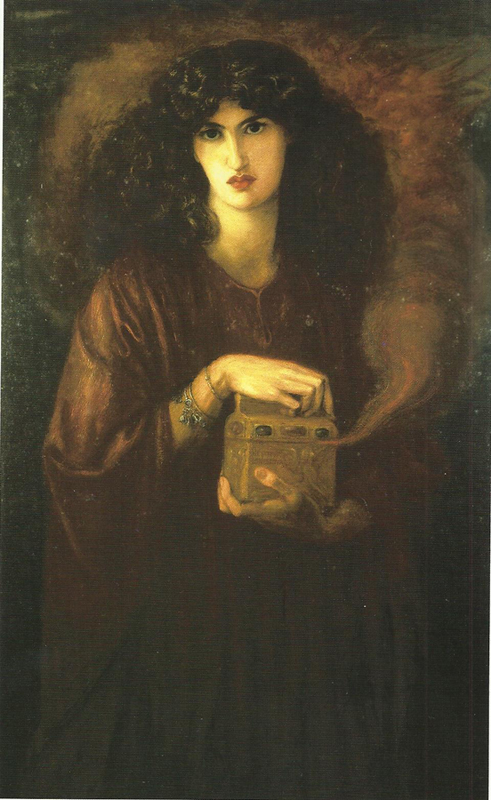
Here’s Rossetti’s painting Astarte Syriaca. I’ve blogged about it numerous times and I’ll repeat my words again. This is the Rossetti goddess for me. He bestows upon her strong arms that are capable of anything, a steady gaze that could cause enemies to wither, a countenance that tells me that this goddess fears nothing. She is calm and resolute. She is in control. I would like to draw upon that strength. Call her masculine if you want, but all I see is a strong, feminine power.
This is bold. This is beautiful.
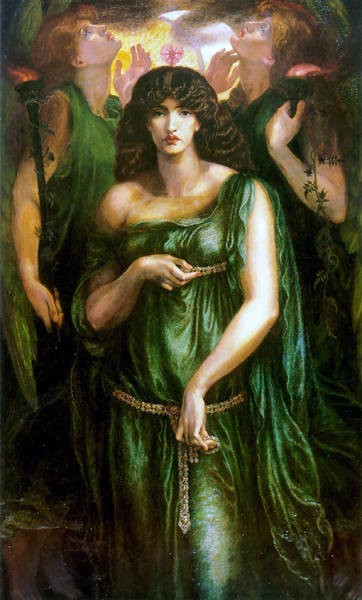
Perhaps you still do not see Rossetti’s works as both feminine and beautiful. We can agree to disagree. Yet I hope that there are readers of this website who understand and feel that Rossetti’s images of women are just what they need. Like me, they can see Rossetti’s images of women as a metaphor for both beauty and strength. Together, we can draw upon that.
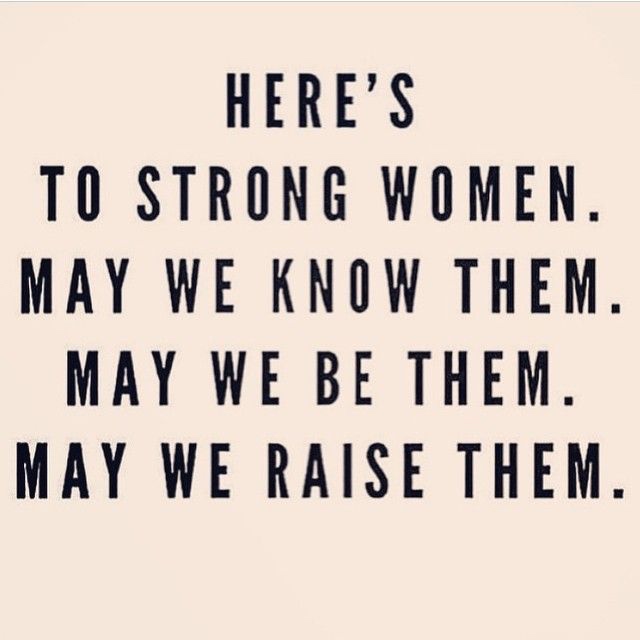


Dear Stephanie
I do agree – it was ‘The Daydream’ which first drew me to the Pre-Raphaelites when I was about 14 and I have been a fan ever since. The Pre-Raphaelites do seem to divide opinion, but they had a huge impact on British and European Art, so I don’t think they can just be dismissed.
( I was lucky enough to go to the 1984 exhibition at the Tate which was a riot of colour and sensory overload. As I am maturing (!), I find that I am more and more interested in the drawings and preparatory sketches, rather than the finished works.)
I really enjoyed this post.
Best wishes
Ellie
I so agree about the drawings and sketches. They have an intimacy and tenderness about them that is often lost in a painting.
I think there is much in what you say, the paintings you’ve included here certainly show the powerful, dominant, physical woman. In the Astarte, the strong, powerful woman really contrasts with the 2 rather insipid looking more conventional beauties in the background. Having said that, Rossetti did use other models and often they are more conventionally pretty and feminine (eg in The Beloved). I think part of our fascination with Rossetti is due to the fact that we know so much about his life, his personality and his relationship to the various models. Eg when I look at Proserpine I’m not really thinking about Proserpine, I’m thinking about Jane Morris, Rossetti’s passion (mainly frustrated) for her. It is her power and strength of character which comes over in the paintings. Compare with Waterhouse. I love his paintings, his skill and his use of colour, but we know so little about the man or the models. The paintings and the story they are conveying are all we have. With Rossetti it is almost like his paintings have an extra dimension – his life and energy and the energy of his muses.
I think Rossetti’s goddesses are closer to the Greek idea/ideal of goddesses. Hera, Diana even Aphrodite none of them were ‘weak’ women. And their portrayal in carvings was not delicate. They all are sisters in someway of Nike and the victory is not often gentle. I enjoyed your post
Thank you and I agree wholeheartedly. As you say, there is a strength seen in Rossetti’s goddesses that has its roots in antiquity.